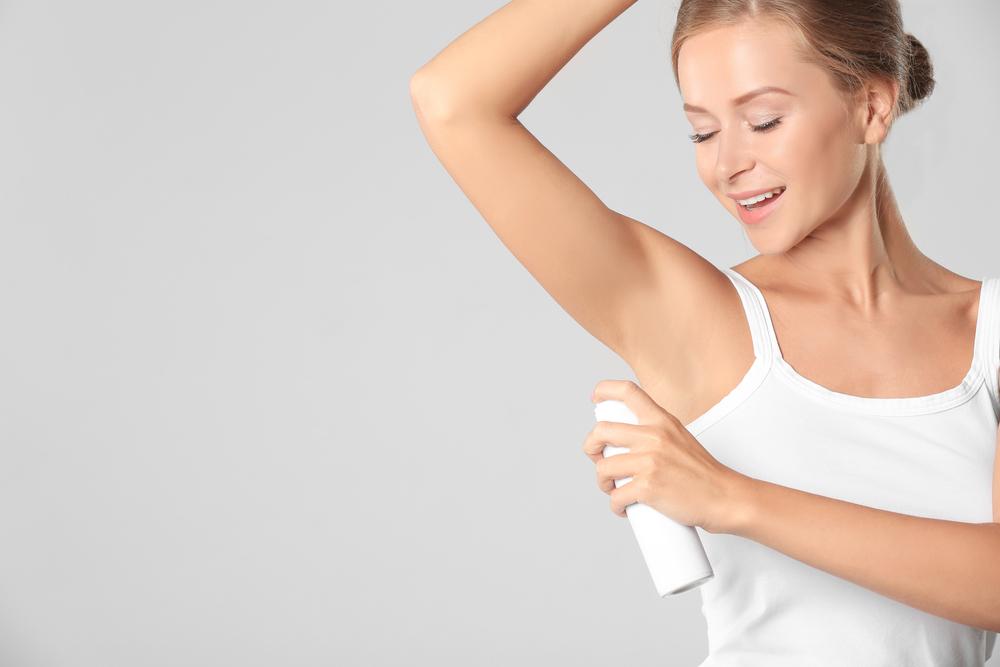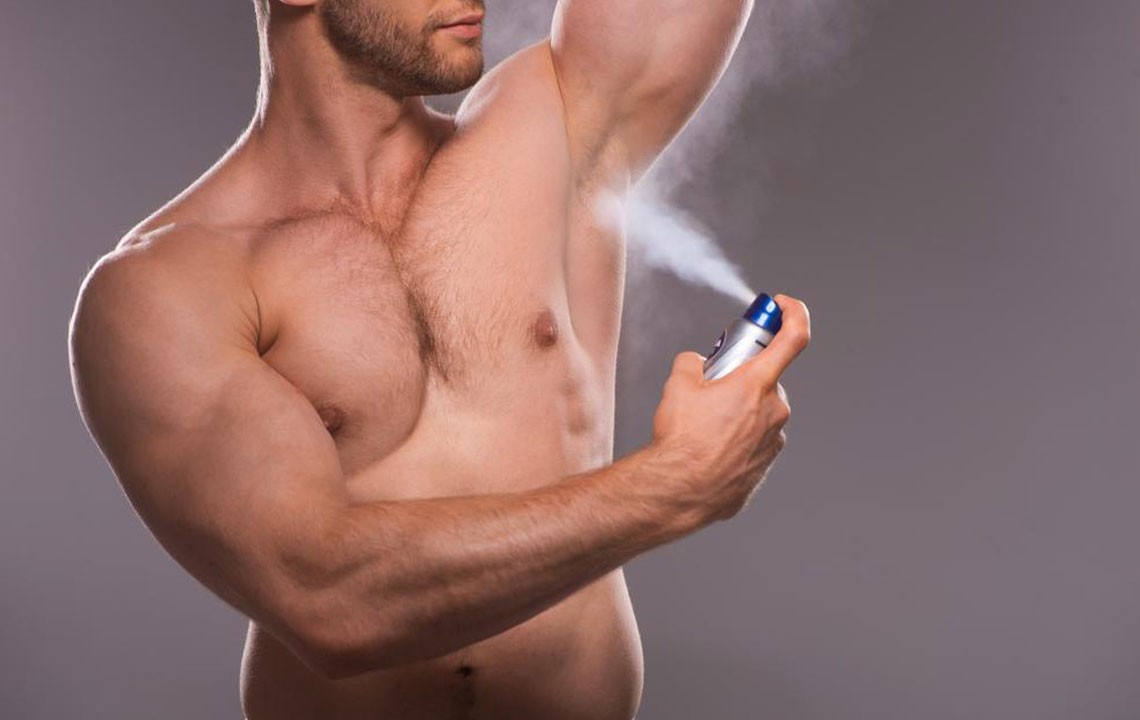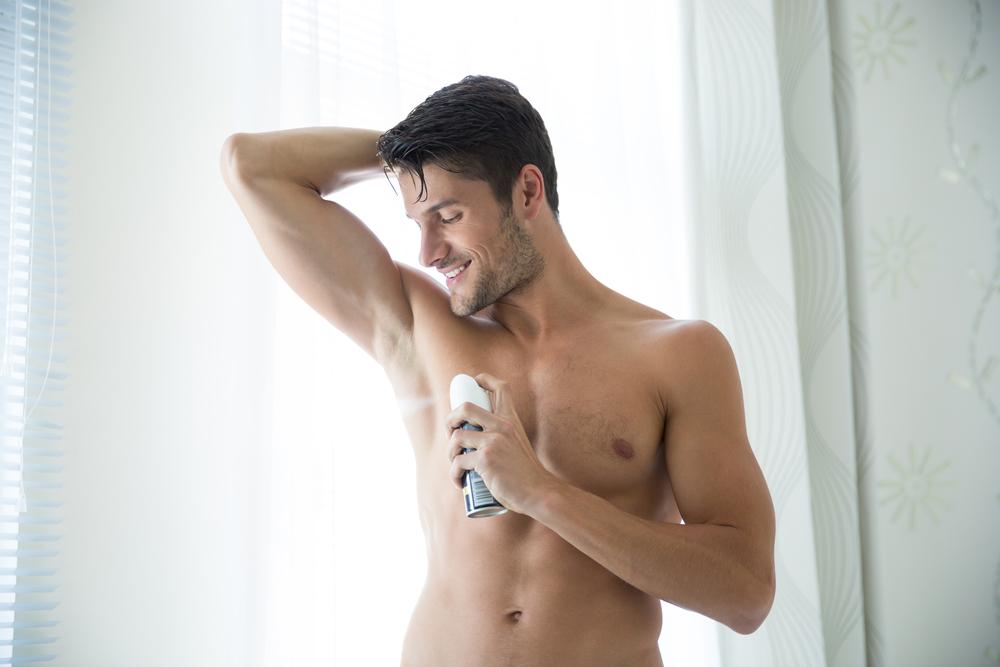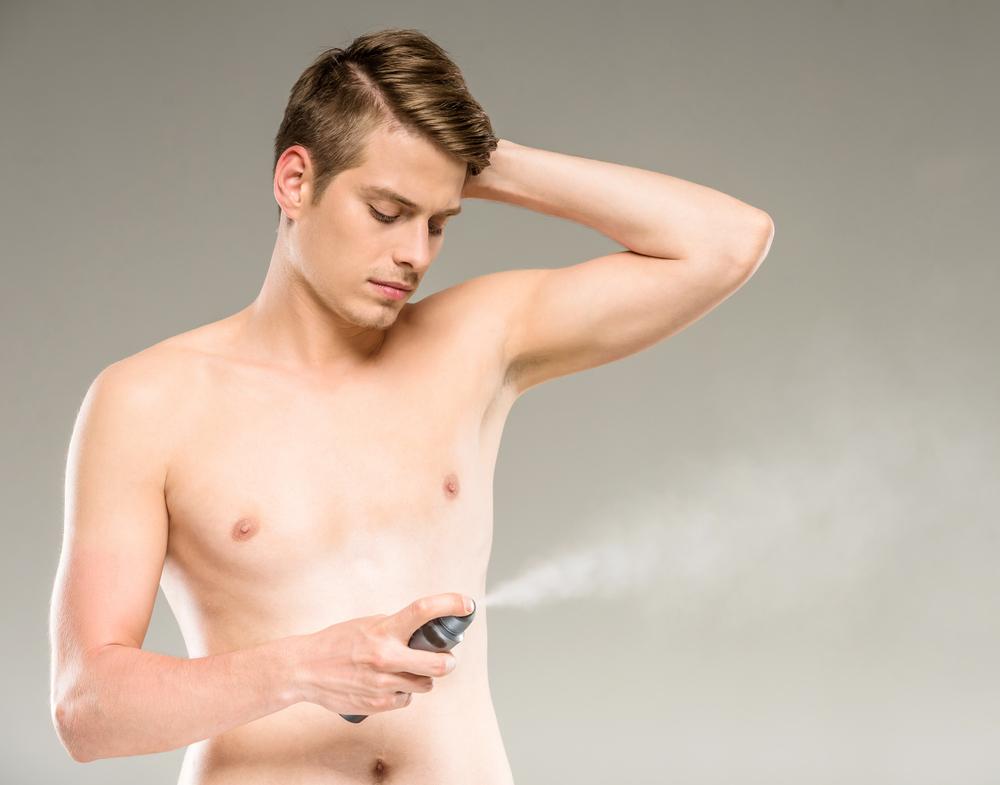Expert Guide to Selecting the Best Odor-Controlling Deodorant for Everyday Use
Discover comprehensive tips for selecting the most effective odor-control deodorant tailored to your needs. Learn about ingredients to avoid, differences between deodorants and antiperspirants, and tips for choosing the right product to ensure long-lasting freshness and safety. Make informed choices for better hygiene and confidence daily.

Expert Guide to Selecting the Best Odor-Controlling Deodorant for Everyday Use
Every year, consumers worldwide spend an astonishing $18 billion on deodorants and antiperspirants, reflecting the high demand for effective body odor management solutions. With an overwhelming variety of products available—from sprays and gels to sticks and creams—finding the most suitable odor-control deodorant can seem overwhelming. Body odor primarily results from bacteria that thrive on sweat, so choosing a product that effectively neutralizes bacteria and masks odor is essential for personal confidence and hygiene. This comprehensive guide provides essential tips to help you select the ideal deodorant that combines effectiveness, safety, and comfort.
Products and Ingredients to Approach with Caution
Avoid deodorants containing triclosan
Many deodorants incorporate triclosan as an antibacterial agent to fight odor-causing bacteria. However, recent research and health advisories highlight potential risks associated with triclosan. Prolonged or excessive use can lead to bacterial resistance, diminishing the effectiveness of antibacterial agents over time, and may even contribute to reduced antibiotic efficacy. Additionally, triclosan has been detected in various water systems across the United States, raising environmental concerns. Its presence in water bodies can harm aquatic ecosystems, impacting marine life and water quality. As such, consumers seeking safer options should consider deodorants free from triclosan.
Steer clear of aluminum compounds
Aluminum-based compounds, such as aluminum chloride and aluminum zirconium compounds, are commonly used in antiperspirants to temporarily block sweat glands, reducing sweat production. Although effective in controlling perspiration, recent scientific studies have raised concerns regarding their long-term safety. Several research reports suggest a possible link between aluminum exposure and neurological disorders, including Alzheimer's disease. The potential risks associated with aluminum compounds make them less desirable for regular use, especially for individuals concerned about neurodegenerative health conditions. Consumers should be aware of these concerns and consider aluminum-free options.
Distinguishing Between Deodorants and Antiperspirants
Understanding the fundamental differences between deodorants and antiperspirants is essential for choosing the right product based on personal needs. Deodorants are formulated primarily to combat bacteria responsible for bad odor, effectively masking or neutralizing smells without necessarily reducing sweating. In contrast, antiperspirants contain active ingredients that temporarily block sweat glands, significantly reducing perspiration and underarm wetness. Depending on your lifestyle and comfort preferences, you might opt for one over the other.
This distinction is especially important for individuals with minimal perspiration who primarily seek odor control. For those who sweat heavily, an antiperspirant might be more suitable, while deodorants are ideal for odor management alone. Some products combine both functions, offering odor control and sweat reduction in a single application, catering to versatile needs.
When selecting your deodorant, consider the following factors to ensure optimal use and satisfaction:
Type of deodorant: Available options include creams, sticks, gels, sprays, and roll-ons. Each type differs in application, texture, and skin compatibility. For example, gel and roll-on deodorants often provide a lighter feel, while sticks are more portable and less prone to spillage.
Skin sensitivity: Individuals with sensitive skin should opt for hypoallergenic, fragrance-free, or dermatologist-tested formulas to minimize irritation or allergic reactions.
Scents and fragrances: Choose a scent that complements your style and does not conflict with other fragrances you may wear. Remember that some people prefer unscented options to prevent overwhelming scents.
Longevity and lasting power: Look for deodorants that offer long-lasting protection, especially if you have a busy schedule or participate in physical activities, ensuring freshness throughout the day.
Drying time and residue: Select quick-drying formulas that do not stain or leave residues on clothing, maintaining a clean and fresh appearance.
By paying attention to these considerations, you can make informed purchasing decisions that align with your hygiene needs and lifestyle. Always perform a patch test when trying new deodorants by applying a small amount on a discreet skin area. This precaution helps identify potential allergic reactions before widespread use, safeguarding your comfort and health.
Ultimately, choosing an effective deodorant involves balancing safety, efficacy, comfort, and personal preferences. With the right product and informed choices, you can stay fresh and confident throughout your day.





